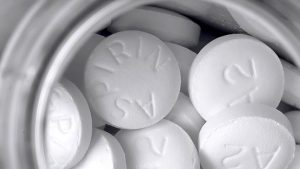An estimated 20 million people have lost all of their teeth. That is an alarming statistic! However, many people think of tooth loss as a natural part of life, something that just happens as we start to gray. According to the National Institute of Dental and Craniofacial Research (NIDCR), the two leading causes of tooth loss in seniors 65 and older are tooth decay and gum disease. The NIDCR goes on to say that both of these diseases are preventable! Here are some simple steps to take that can help you keep your pearly whites.
First find a dentist and hygienist that understand how to care for the needs of seniors. Having your teeth cleaned on a regular basis can help manage and control gum disease. The frequency of teeth cleanings is based on your individual needs and the amount of tartar you build on your teeth. Some seniors simply accumulate more tartar on their teeth than others. Also of equal importance is maintaining good oral hygiene at home, this will make your visits to the dentist more pleasant

Next, talk to your medical doctor about your medications. Many seniors today are living longer healthier lives because of advancements in medicine. However, there are medications that can have side effects like dry mouth. Your saliva is the first line of defense against tooth decay. Vulnerable root surfaces lacking the protective layer of enamel are usually the first to be affected by tooth decay as a result of dry mouth. If you are experiencing dry mouth, ask your doctor if there are alternative medications that can be used. If it’s not possible to switch your medications look into an over the counter mouth rinse specifically made for dry mouth. Carry a water bottle with you and keep hydrated during the day. Also, keep a glass of water next to your bed in case you wake up in the middle of the night and find your mouth feeling dry.

Lastly, keep some chewing gum handy. Chewing gum is a great way to stimulate salivary production, just make sure you’re buying sugar free gum containing the artificial sweetener, Xylitol. Xylitol may not be the sweetest of the artificial sweeteners available but it has been shown to fight some of the disease causing bacteria in the mouth.
For questions on optimizing your oral health, call Dr. Bassam Michiel at 559-673-2268



